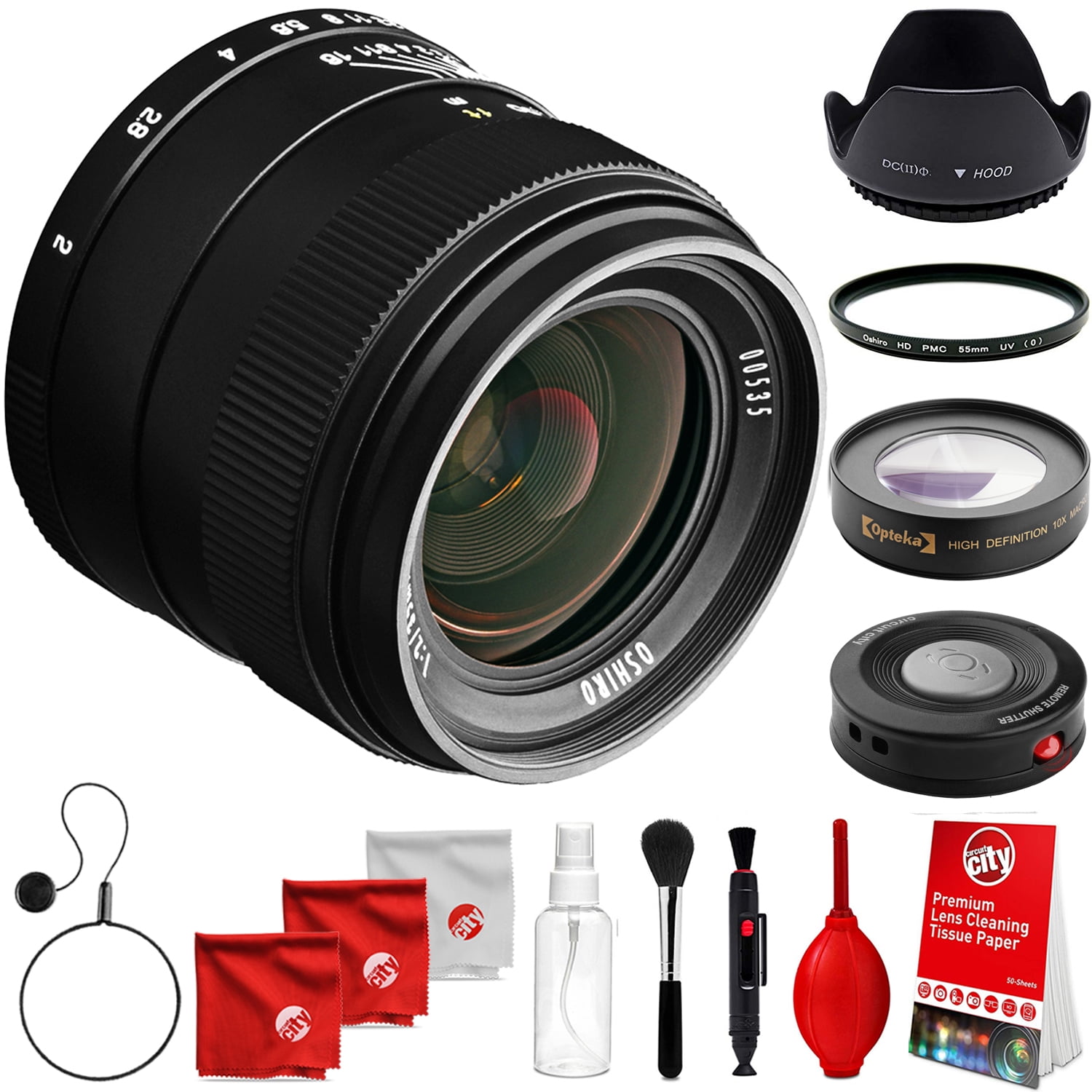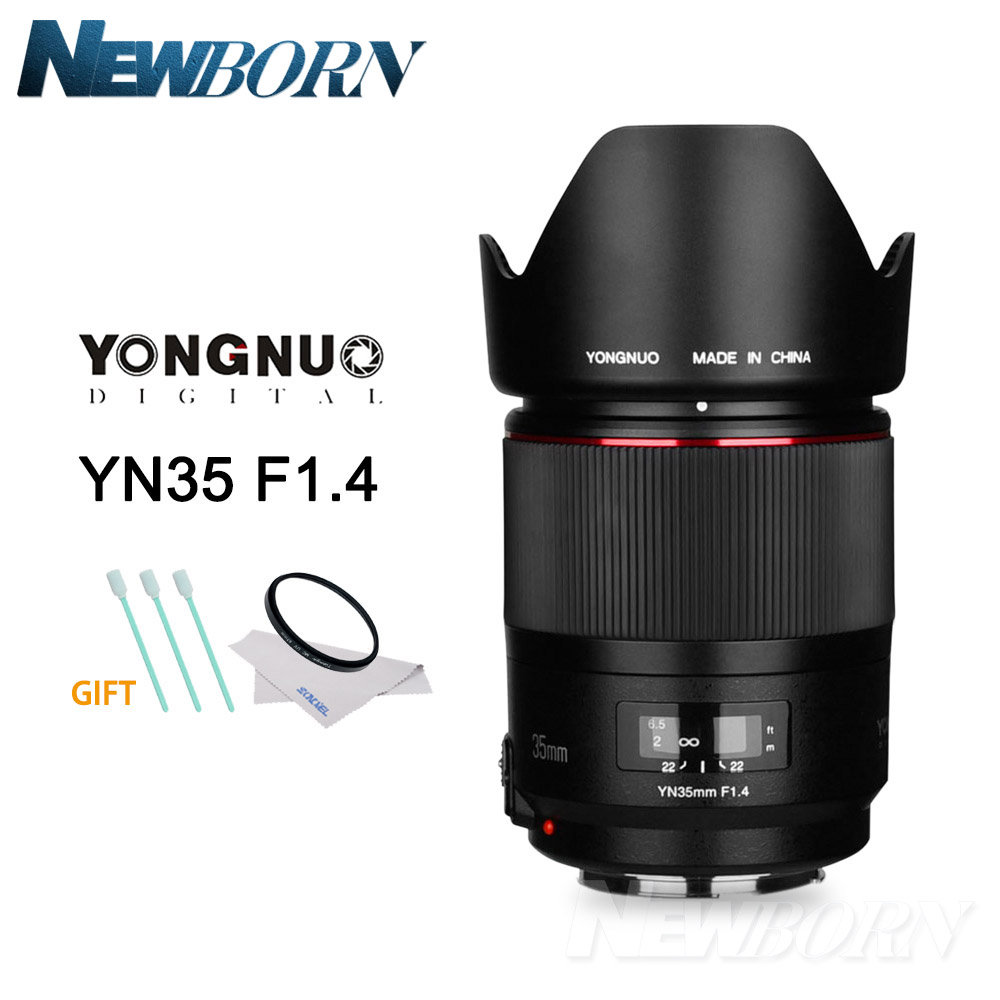

The Canon EOS R6 features the RF lens mount, which support Canon’s line of RF-mount lenses. So, if you are the lucky one who have already got the Canon EOS R6 ( Amazon, B&H, Adorama), the next thing is to find the best/right lenses for Canon EOS R6. Simply put, for the everyday shooter with high demands, the Canon EOS R6 is an ideal tool for both photographers and video content creators who want a strong and versatile camera to keep up with their active lives. Complementing the imaging capabilities, the Canon EOS R6 sports a bright and detailed 0.5″ 3.69m-dot electronic viewfinder, with a high 120 fps refresh rate, and a rear 3.0″ 1.62m-dot touchscreen LCD with a vari-angle design to accommodate vlogging needs as well as benefit working from high and low angles. The built-in 5-axis IBIS (In-Body Image Stabilizer) helps you to enhance the ability to hand-hold still images at slower shutter speeds and also help to reduce camera shake when recording movies. Both formats can be recorded internally at 4:2:2 10-bit and both Canon Log and HDR-PQ are supported for greater control over color rendering, and to suit high dynamic range output. Featuring a refined 20MP Full-Frame CMOS sensor and DIGIC X image processor, the Canon EOS R6 is capable of quick continuous shooting up to 12 fps with a mechanical shutter, or silent 20 fps with an electronic shutter, and it supports UHD 4K video recording at up to 60 fps, along with Full HD at 120 fps for slow-motion playback. If you don’t shoot with a Canon camera but still want to invest in some great starter lenses, take a look at our lens guides for Nikon and Sony E-Mount bodies.Looking for the best lenses for Canon EOS R6? Here is our full list of top recommended lenses for Canon EOS R6 mirrorless camera.ĭesigned for both photographers and video content creators, the Canon EOS R6 mirrorless camera is perfect for photographing high-speed action sports as well as filming 4K cinematic video with ease. The Canon RF 85mm f/2 Macro IS STM is a versatile portrait lens that also works as a macro.


If you are using a Canon full-frame mirrorless camera, we recommend the Canon RF 100-400mm f/5.6-8 IS USM as a great telephoto to start with.
#Canon wide angle lens full frame upgrade#
Or for a kit-lens upgrade for APS-C bodies, go with the Tamron 18-200mm F/3.5-6.3 Di II VC. If macro is your thing, start with the Sigma 70mm F2.8 DG Macro Art. If you are shooting with a Canon DSLR, the next lens we recommend is the Canon EF 70-200mm f/4L IS USM as your telephoto and, if you have an APS-C body, the Canon EF-S 10-18mm f/4.5-5.6 IS STM for a wide-angle option. Wide-aperture prime lenses offer a great way to achieve photos with a sharp subject and a blurred background, and they get great shots indoors or outdoors, day or night. A lightweight, compact “ nifty fifty,” namely either the Canon EF 50mm f/1.8 STM for Canon DSLR cameras or the Canon RF 50mm f/1.8 STM for Canon EOS R full-frame mirrorless cameras, is the best starting point for most people. To take your photography to the next level, begin building your arsenal of lenses. This guide will point you in the right direction for filling your camera bag with excellent glass. If you want to shoot in lower light, with a wider viewpoint, or closer, you’ll need to invest in new lenses. Your camera body likely came with a kit lens, probably the Canon EF-S 18-55mm f/4-5.6 IS STM if you have an APS-C–format body, or the Canon RF 24-105mm f/4-7.1 IS STM if you went with a full-frame mirrorless either one is a sufficient everyday zoom lens for learning the ins and outs of your camera, but you’ll quickly outgrow it. We’ve been recommending Canon lenses since 2012, and after more than 80 hours of research and testing, we’ve picked out some of the best lenses for a new photographer.Īcquiring lenses is the natural next step toward harnessing the power of your Canon. Whether you’ve recently started shooting with a Canon DSLR camera or switched over to Canon’s full-frame mirrorless (EOS R) line, one of the greatest advantages of your new interchangeable-lens camera comes in exploring how different lenses can shape your photography.


 0 kommentar(er)
0 kommentar(er)
